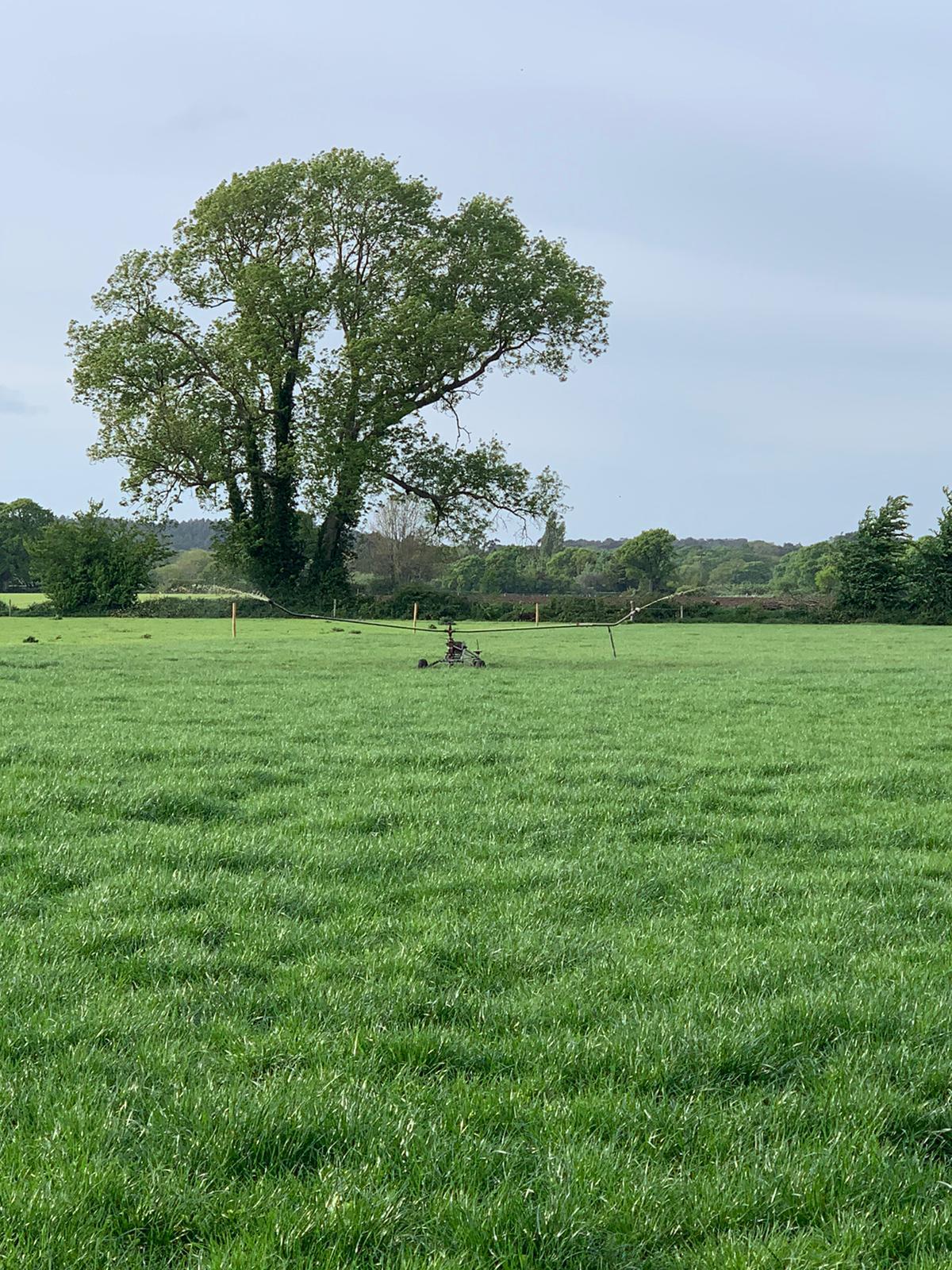Dirty water applications risk rejected paddocks
Friday, 16 April 2021
Using dirty water as a source of moisture for the grazing platform could lead to rejected paddocks, or poor residuals, caused by high potassium levels, which make grass taste bitter. Despite growing a lush and leafy cover, over-application – when the irrigator can only reach the same few paddocks – means that both phosphorus (P) and potassium (K) levels build up in the soil.
Sufficient soil content is 30 ppm of P and 170–200 ppm of K. Excess K levels of >300 ppm can cause problems with magnesium availability. While an application of 125 g/ha of salt can enhance palatability and encourage cows to graze down, it is a short-term solution, says Mark Tripney of ISoils.
“Salt dramatically lifts pH – four times more than calcium – so it’s about long-term, whole-farm nutrient balancing,” he says. He explains that any P and K applied ends up in a nutrient cycle: taken up by grass plants, grazed by cows, then deposited as urine and dung patches, or spread as slurry. The only way to break this cycle and rebalance levels is to take a silage cut.
“Silage removes significant amounts of P and K, lowering the load in the paddock. But be careful which class of livestock you feed this high P and K silage to. Hopefully, it will be diluted in the clamp; if not, avoid giving it to dry cows,” he advises.
Dirty water works well because of its low dry matter content: it leads to less coating of the grass leaf, making it possible to re-graze from 21 days, particularly after some rain. “But the nitrogen it contains is highly volatile. Trailed irrigators pump it too high and atomise it,” says Mark, “and on a warm soil surface, there is the potential to lose ammonia nitrogen, so it should be applied via trailing shoe.”
Ideally, spread dirty water according to individual paddock soil nutrient levels, stopping when they are satisfactory. Monitor residuals and notice if cows don’t like grazing certain paddocks. Then, put surplus dirty water into the slurry system, targeting slurry and muck applications.
“True dirty water doesn’t come out of the lagoon, weeping wall or mechanical separator,” Mark points out. “It is defined as parlour washings, or water from a lightly soiled yard, and is only 0.5% dry matter, which is why you don’t have to store it and can spread it any time of year.”
Most dirty water, therefore, is actually slurry, he says. Because it is higher in dry matter, there is a greater concentration of nutrients. Weeping wall liquor, for instance, is about 3% DM and contains the equivalent of 2 kg nitrogen (N). “Straight away, you have higher P and K as well, with 2.1 kg of available K, which is quite a loading. This means nutrients are often over-applied, in addition to bag fertiliser. A maximum of 20–22 m3/ha will supply 25 kg N, if done correctly.”

Topics:
Sectors:
Tags:

